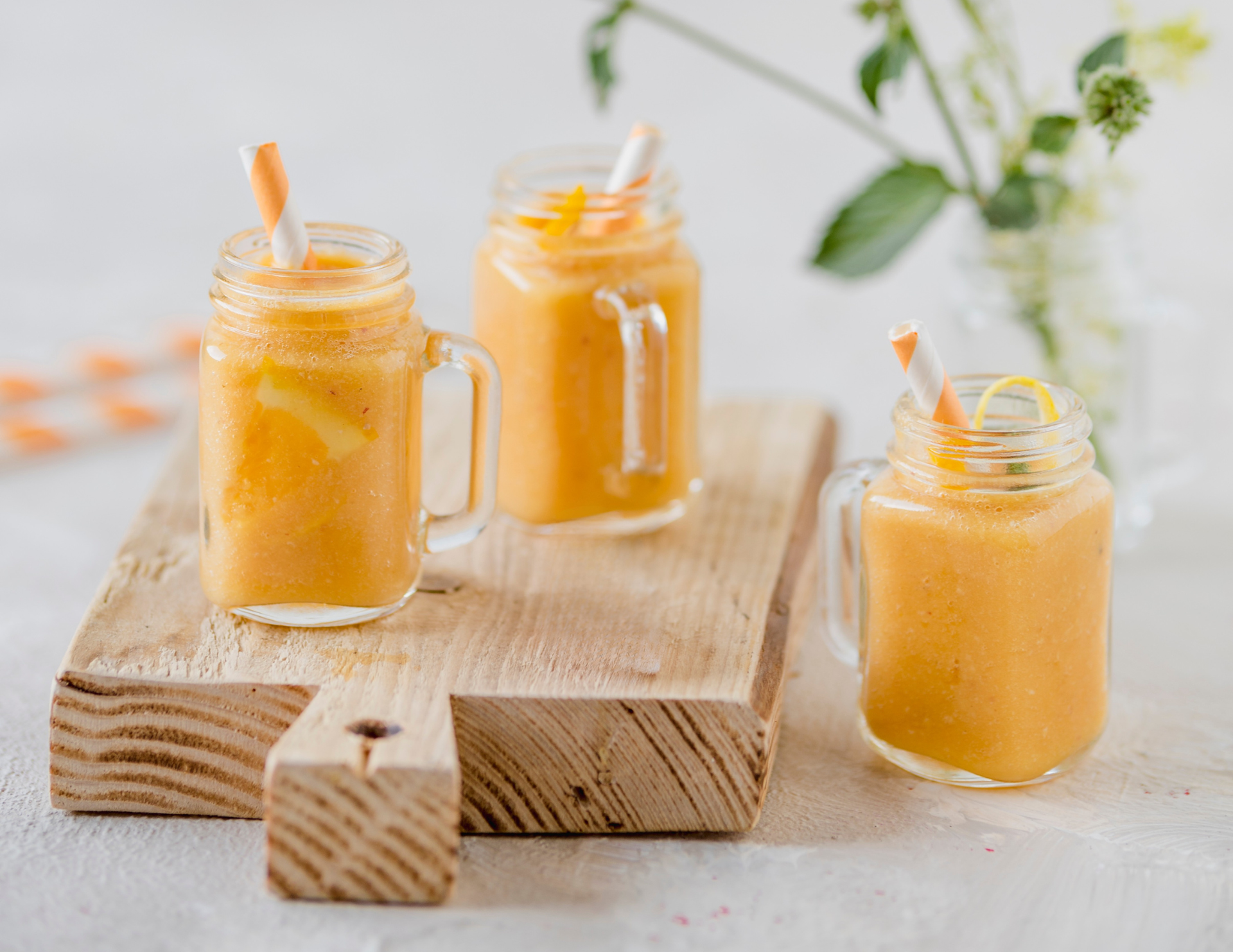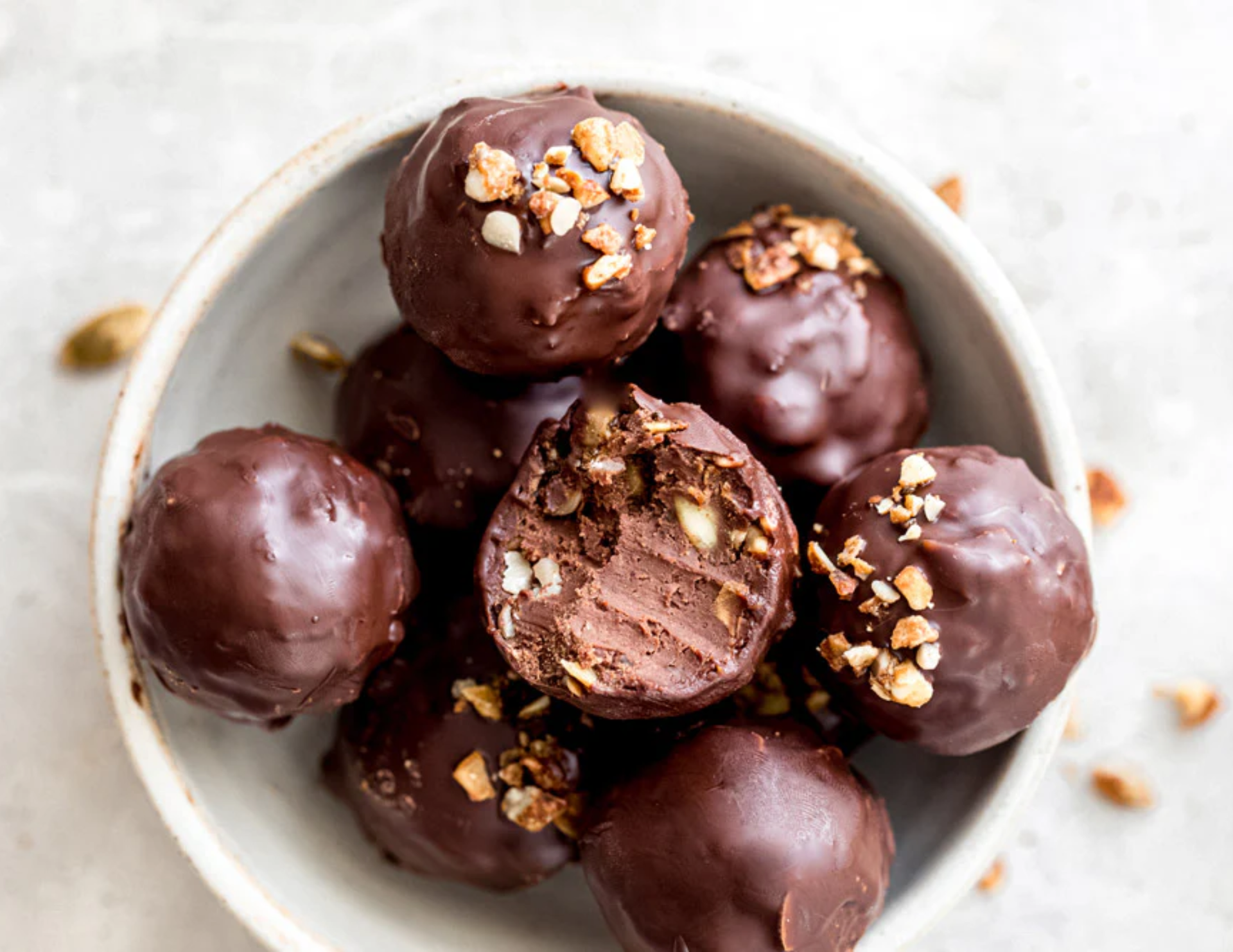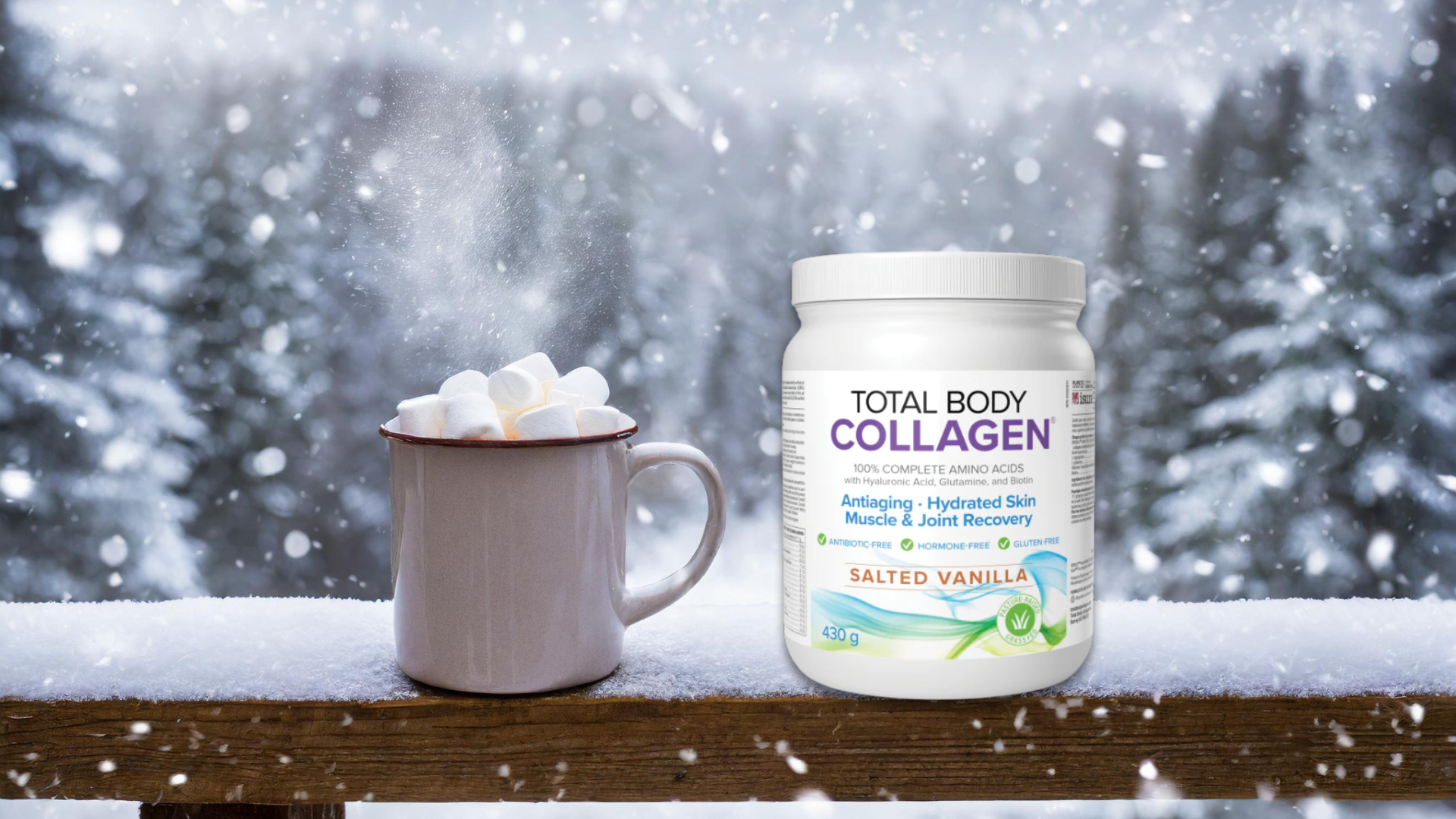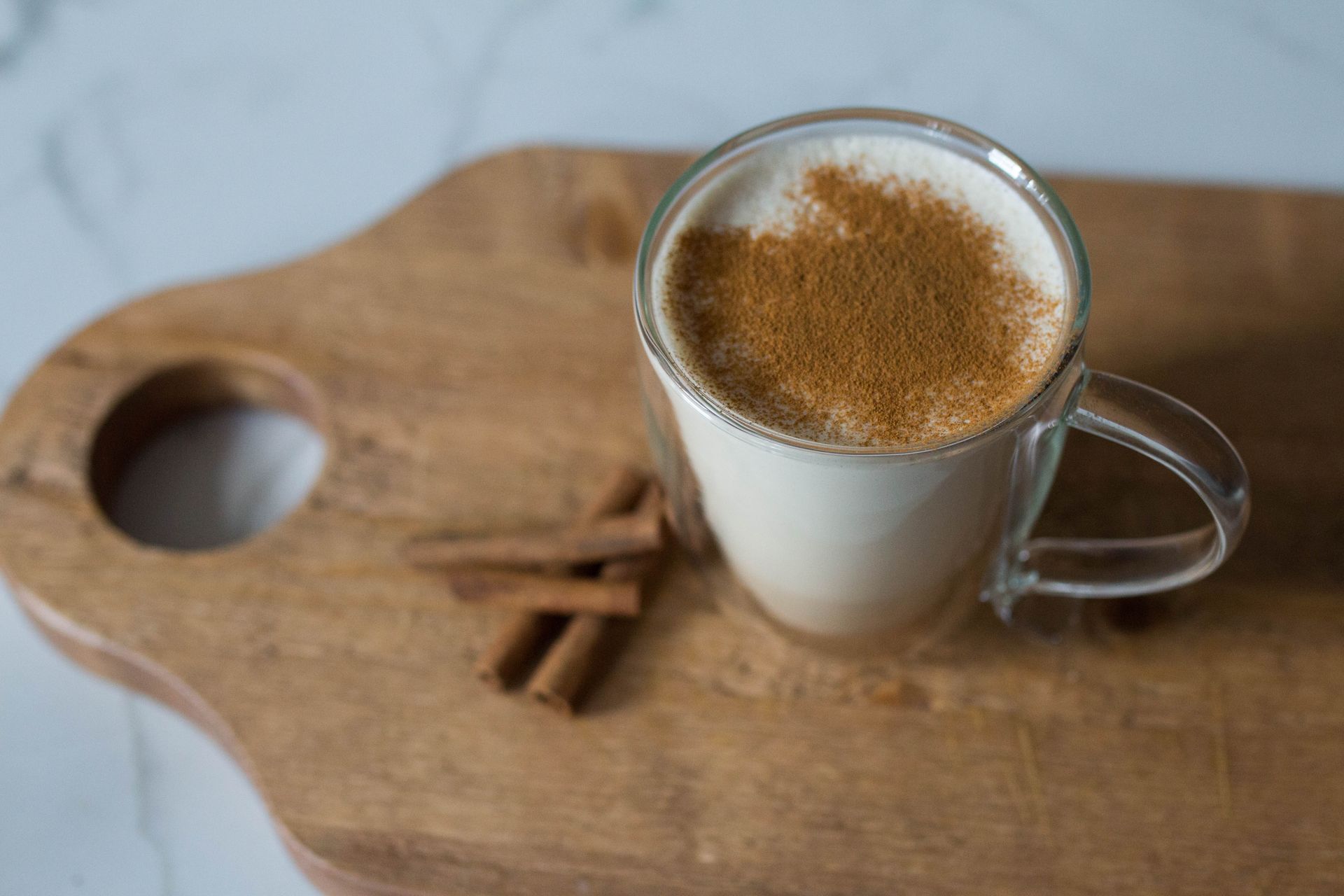By April Allen
•
November 27, 2025
Feeling the Holiday pressure? In the midst of Winter’s chill and the Holiday rush, your own well-being deserves space to breathe. The natural world around us is slowing down, so why shouldn’t we? Winter invites us to turn inward, and it is especially important to support your mental health during these longer, darker days. Did you know that we, as Canadians, are more prone to Seasonal Affective Disorder due to our northern latitude, which results in less sunlight during the winter? The Holiday season can be equal parts joyful and overwhelming. Schedules get busy, routines slip, and we're surrounded by comfort foods and sweet treats. Between gatherings, travel, and to-do lists, our well-being can take a back seat. Here are some simple tips to keep you grounded, nourished, and feeling your best throughout the season: *These suggestions are not intended to replace appropriate professional advice. Please check labels for contraindications and check with your pharmacist if you are on prescription drugs. These suggestions are based on over 40 years of customer experience at Jo Anne’s Place.











